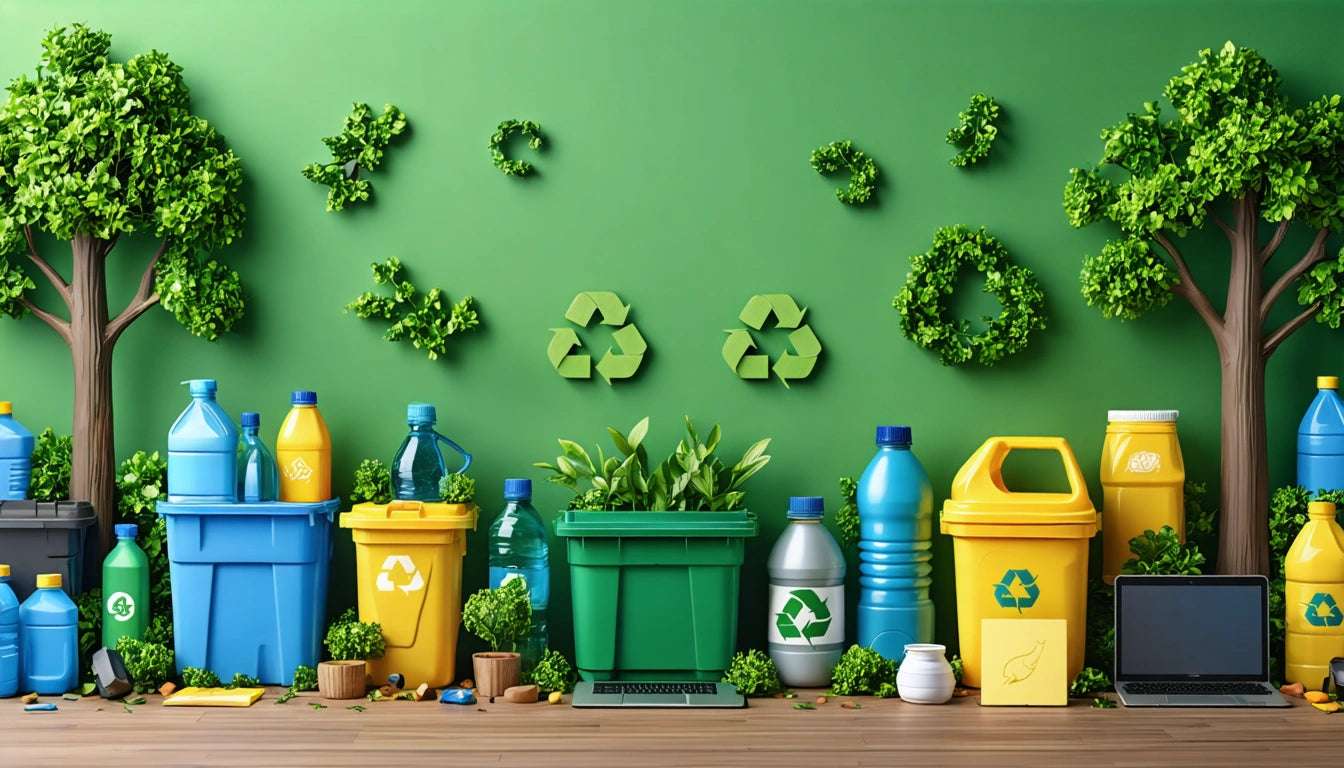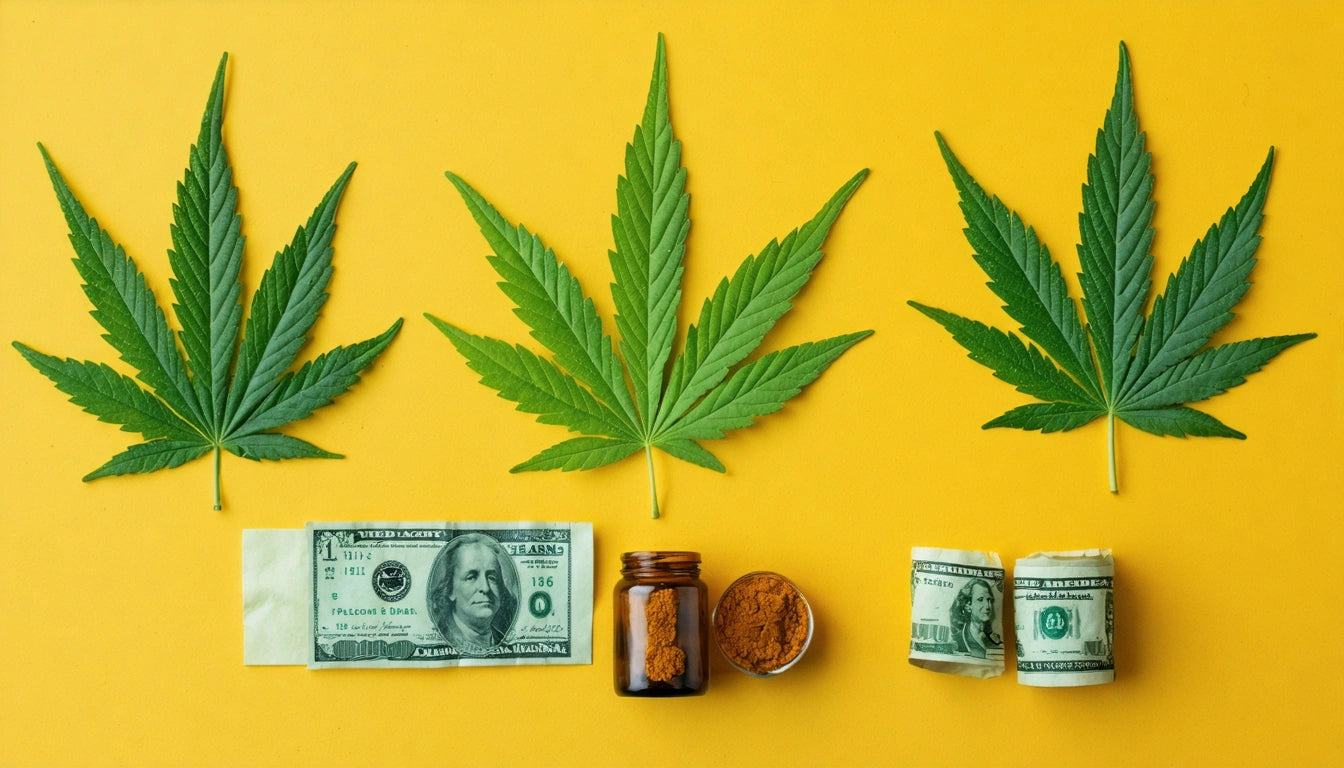Table of Contents
Understanding the Recycle Symbol: Meaning and Significance
The recycle symbol is one of the most recognizable icons worldwide, yet many people remain uncertain about what the recycle symbol means and how to interpret the various recycling symbols found on packaging. This guide explores the origin, meaning, and practical application of recycling symbols to help consumers make informed decisions about waste disposal.
Origin and Evolution of the Recycle Symbol
The universal recycling symbol was created in 1970 by Gary Anderson, then a college student at the University of Southern California. Anderson designed the symbol as part of a contest sponsored by Container Corporation of America to commemorate the first Earth Day. The three chasing arrows in a Möbius strip formation represent the three steps in the recycling process: collection, manufacturing into new products, and purchase of those products.
What began as a simple design has evolved into a complex system of symbols that communicate important information about recyclability and material composition. Understanding what do recycle symbols mean has become increasingly important as sustainability concerns grow.
The Universal Recycling Symbol Explained
The basic recycle sign consists of three arrows forming a triangle, each arrow representing a different stage in the recycling process:
- Collection and processing of recyclable materials
- Manufacturing new products from recycled materials
- Consumer purchase of products made with recycled content
This continuous loop illustrates the circular economy concept that underlies recycling efforts. When you see the basic recycle symbol without any additional numbers or text, it generally indicates that the item is recyclable in most community recycling programs, though local regulations may vary.
For more detailed information about different recycling symbols and their meanings, this comprehensive guide to recycling symbols provides valuable insights.
Plastic Resin Identification Codes
When asking what is the recycle symbol on plastic items, you're likely referring to the numbered symbols (1-7) found within the triangular arrows. These numbers are plastic resin identification codes that indicate the type of plastic used:
- 1 (PET or PETE): Polyethylene terephthalate, commonly used in beverage bottles
- 2 (HDPE): High-density polyethylene, found in milk jugs and detergent bottles
- 3 (PVC): Polyvinyl chloride, used in pipes and some food packaging
- 4 (LDPE): Low-density polyethylene, found in shopping bags and squeeze bottles
- 5 (PP): Polypropylene, used in yogurt containers and medicine bottles
- 6 (PS): Polystyrene, found in foam cups and packaging materials
- 7 (Other): Mixed or other plastics
These codes help recycling facilities sort plastics correctly. For example, when packaging products like cannabis, specialized mylar storage bags often come with recycling information to guide proper disposal after use.
Additional Recycling Symbols and Their Meanings
Beyond the universal symbol and resin codes, several other recycling-related symbols appear on packaging:
Mobius Loop with Percentage
This symbol indicates the percentage of recycled content already in the product. For instance, a "20%" inside the loop means the product contains 20% recycled material.
Green Dot
Common in European countries, this symbol indicates that the manufacturer contributes to recycling programs, not necessarily that the product itself is recyclable.
Compostable Symbol
This indicates that the material can be composted in industrial facilities. It's important to note that this doesn't always mean the item is suitable for home composting.
Understanding what do the recycle symbols mean on these various icons helps consumers make better disposal decisions. For a deeper dive into what can and cannot be recycled, this article on plastic recycling provides valuable guidance.
Practical Application of Recycling Symbols
Knowing what is recycle symbol information telling you is only useful if you apply it correctly. Here are practical tips for using recycling symbol knowledge:
- Check local recycling guidelines, as accepted materials vary by location
- Clean containers before recycling to prevent contamination
- Separate different materials when possible (remove paper labels from plastic bottles)
- Pay attention to special instructions (such as "rinse first" or "remove cap")
Proper interpretation of recycling symbols can significantly impact recycling effectiveness. According to this analysis of global recycling practices, contamination from improperly sorted materials is one of the biggest challenges facing recycling programs.
The Future of Recycling Symbols in Sustainable Packaging
As sustainability concerns grow, recycling symbols continue to evolve. New developments include:
- Digital watermarks that provide more detailed recycling information
- QR codes linking to comprehensive disposal instructions
- Simplified, standardized symbols to reduce consumer confusion
- Material-specific instructions for optimal recycling
The future of recycling symbols will likely involve greater standardization and technological integration. As consumers become more environmentally conscious, understanding what is the recycle symbol telling you becomes increasingly important for making sustainable choices.
For businesses looking to improve their sustainability practices, incorporating clear recycling information on packaging is essential. Learning about post-consumer recycled content can help companies make better packaging decisions.
By understanding what the recycle symbol means and how to interpret the various recycling symbols, consumers and businesses alike can contribute to more effective recycling programs and a more sustainable future.











Leave a comment
All comments are moderated before being published.
This site is protected by hCaptcha and the hCaptcha Privacy Policy and Terms of Service apply.